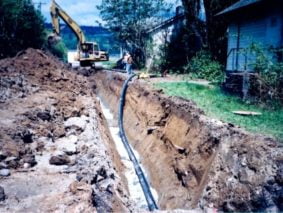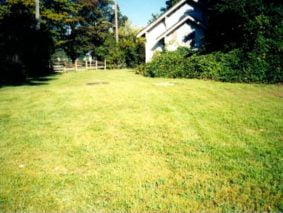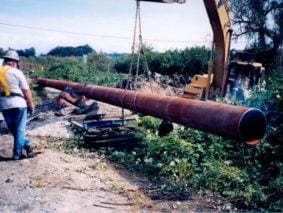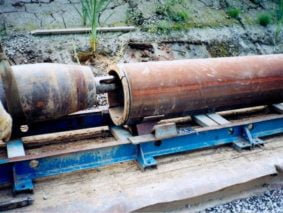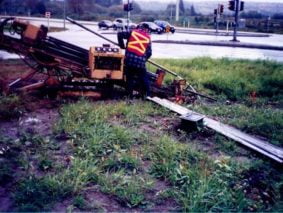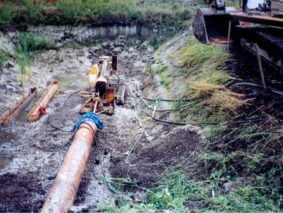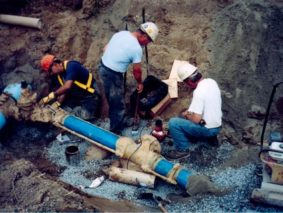
Colony Farm Site Services

Project Highlights
Kerr Wood Leidal completed water and wastewater site services at Colony Farm Regional Park in Coquitlam, BC. The park provides not only recreational space for local residents but is also an important habitat area for salmon rearing and for wildlife. The project spanned from the north side of Lougheed Highway at Colony Farm Road, south to the end of Colony Farm Road to Kwayhquitlum Nation’s I.R. No.1, to the British Columbia Buildings Corporation’s Facility, and finally to the GVRD Parks community gardens and heritage buildings.
Project Components
The project included design and construction of water and wastewater services to the Kwayhquitlum I.R. No.1, water service to the GVRD Parks community gardens and existing heritage buildings and provisions for a future GVRD Parks washroom facility. The project also included replacement and decommission of an aging forcemain from the British Columbia Buildings Corporation (BCBC) pump station through the Colony Farm site towards the Riverview lands. Provisions were also made for a possible relocation of the BCBC pump station. The new infrastructure included:
- 700 metres of 150 mm diameter watermain
- three water flowmeter chambers
- 1150 m of 150 mm diameter sewage forcemain, including 950 m installed by directional drilling
- 65 m of steel casing installation utilizing pipe ramming under the CP Railway right-of-way and highway drainage ditch, and
- 140 m of 150 mm diameter forcemain installation using directional drilling across the CP right-of-way and six lanes of the Lougheed Highway to tie-in to GVRD (Metro Vancouver) interceptor.
Challenges
The project was very challenging because of the tight schedule for completing the design and construction, which included obtaining permits from CP Railway, Metro Vancouver for tie-ins, and the City of Coquitlam. Large portions of the infrastructure had to be installed within a specific time of the year because the park provides winter habitat for migrating raptors and summer habitat for small birds. For example, the lazuli bunting, which is a migratory bird, returns in May for nesting in the area of the heritage buildings, so that area had to be completed first. Also, during the watermain installation, a fire pit was uncovered in the southwest field. This delayed work while an archaeological investigation of the pit was completed.


